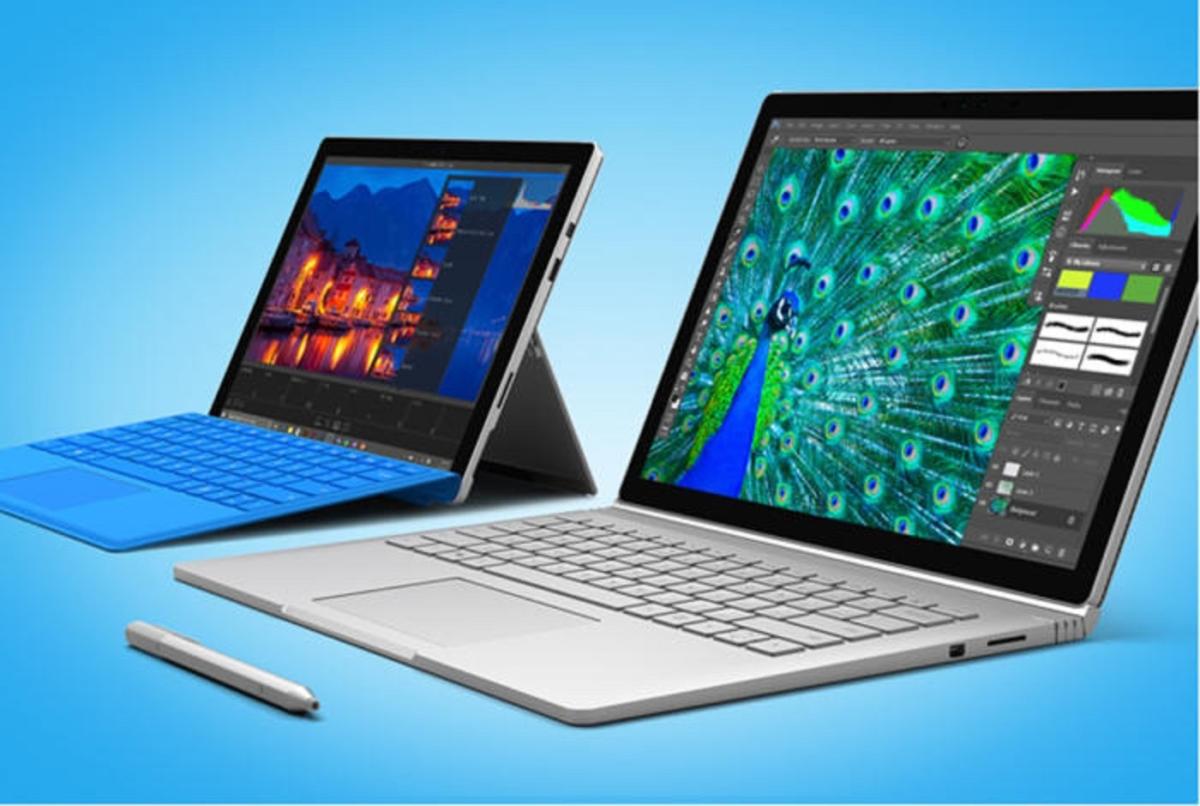


The magnetic connectors on the bottom edge instantly catch hold of the optional keyboard covers, so that you never have to guide them in. And that's even after I carried it around in a tote bag with other objects, like a wall charger and the included stylus. Fortunately, it's also durable: The Pro emerged from my week of testing scratch-free, and with only a light dusting of fingerprint smudges.
:no_upscale()/cdn.vox-cdn.com/uploads/chorus_asset/file/8687563/akrales_170613_1767_0041.jpg)
Turned off, the tablet's metal surfaces feel smooth, cold and. Once again, Microsoft's design team went with black magnesium alloy, and it's as tactile as it is minimal. If a thin-and-light design is the main reason you'd want to buy the Tap 11, then top-notch craftsmanship is one reason you might still want to go with the Surface Pro 2. Thankfully, its build quality hasn't changed either. Namely, Sony's 11-inch Tap 11 tablet, which comes in at 1.7 pounds and measures a much thinner 0.39 inch thick (and that's also with a USB port!). But even the Pro now finds itself competing against some skinnier, lighter-weight rivals. That's partly because the accompanying Surface 2 is noticeably lighter than its predecessor, the original Surface RT. In some ways, it even feels heavier than we remembered. And at two pounds, it's as weighty as the first edition. Chiefly, the dimensions are exactly the same as they were last year: 10.81 x 6.81 x 0.53 inches (27.45 x 17.3 x 1.35cm). For all intents and purposes, though - and in all the areas that count - the Pro remains unchanged. Sure, it's now made of two pieces of magnesium alloy instead of three, but the difference is so subtle you might not spot it even if you tried. With the exception of that dual-stage kickstand, this is basically the same hardware as the original.


 0 kommentar(er)
0 kommentar(er)
